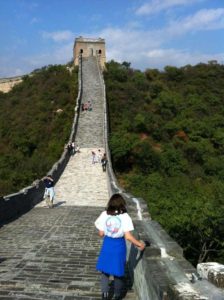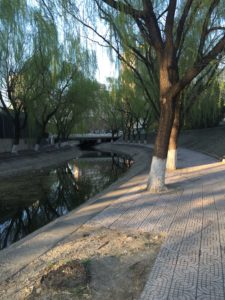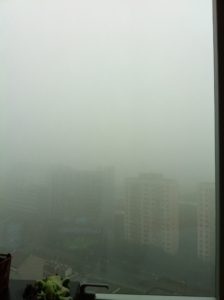I am spending spring break this year in my childhood home of Beijing, China. The city of Beijing is organized in 6 rings, the sixth being the most far from the heart of the city and the first being the center of the city. I am staying within the third ring, which is a part of the city and thus I do not have much access to many natural communities.




Beijing is a very dry climate, which experiences very little precipitation throughout the years. The summer is usually very humid and hot, whereas the winter is dry and cold. Beijing is surrounded by mountains, which traps the air inside like a bowl. With no precipitation and little wind, air quality is a large challenge for Beijing because the air cannot escape. Furthermore, China’s main energy source is coal, which contributes significantly to air pollution.
I did not see many birds while I was in Beijing, probably around 10-15. I was not able to identify them but all of the ones I saw were black and white.
Since the area where I am staying in Beijing is a city climate, there are little naturally occurring trees because the area is covered in concrete. However, there are many street trees planted along the sides of the road and within the several canals that sit under bridges in my area. There are several fruit trees such as the pomegranate and common jujube that are planted along the highway. Trees along the street include Chinese Juniper and Chinese Pine, which are two traditional trees.
https://www.google.com/maps/d/edit?hl=en&mid=1ZwMK0q7nJ9-3iDhgbVcwlCovZQDkXk0U&ll=39.941029986457124%2C116.45061299999998&z=18
Recent Comments